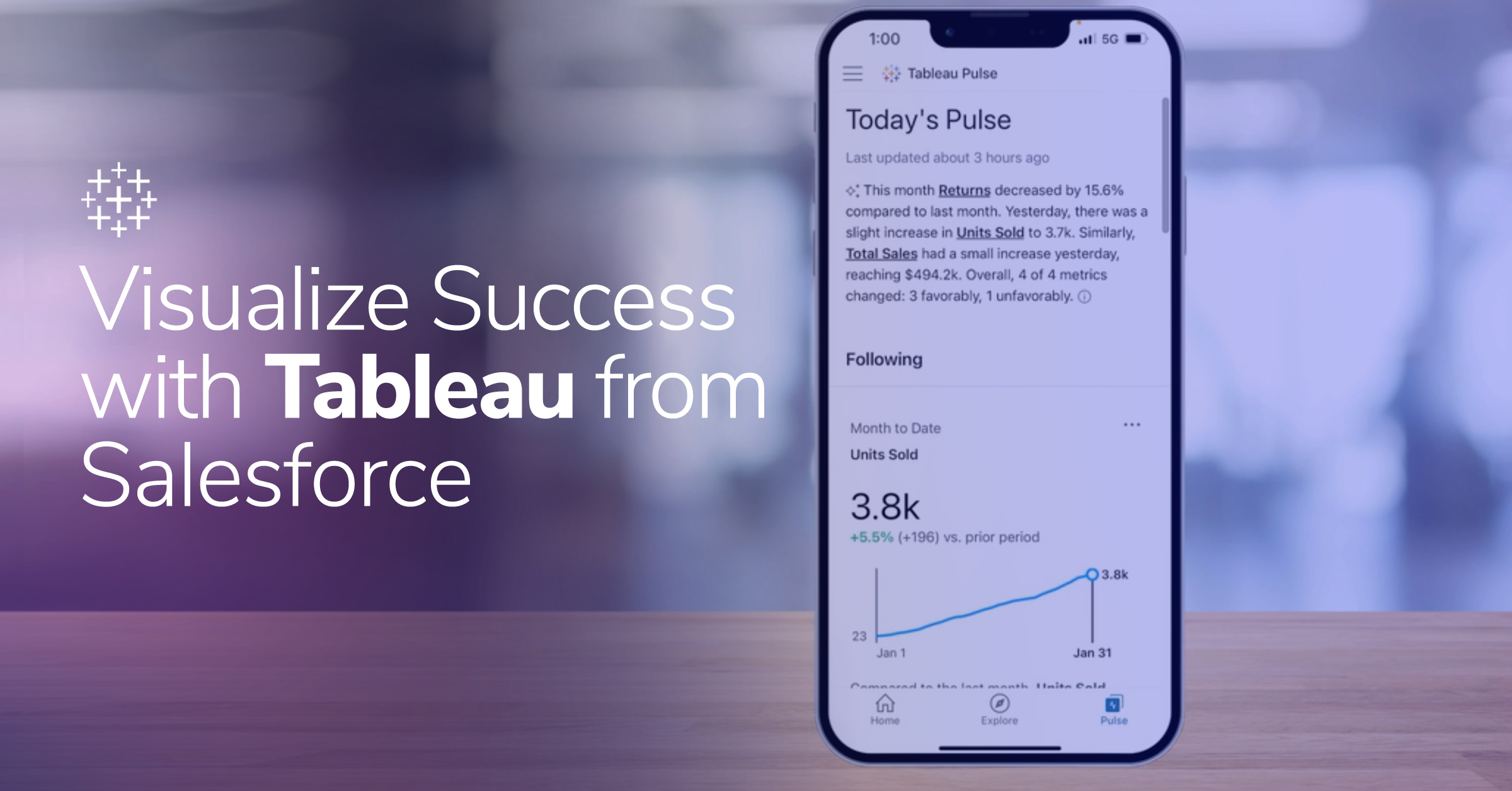The Case For (and Against) On‑page Analytics
More and more web analytic companies have on-page analytics. If you haven’t seen them, they look just like your web pages in a coded (often color-coded) format so that you know where people are clicking. All the big packages (SiteCatalyst, HBX, Coremetrics) have them, as does WebTrends, and even intermediate packages like ClickTracks and Google/Urchin include on-page analytics. Note: this was not meant to be an exhaustive list. Also, some companies charge extra for their on-page analytics, so you might have the package and not have this feature.
They are very cool. There is no better way to determine if a link on a page that leads to a different spot on the same page is pulling its weight. They also make it easy to see where the visitor went next. Sure, you can pull a report to see where the visitor goes next, but a picture is worth a thousand words.
In some ways, though, on-page analytics are dangerous — as dangerous as Google AdWords used to be before Google implemented conversion tracking a couple of years ago. Before conversion tracking, Google customers would say, “Look how many clicks I got!” instead of evaluating which clicks turned into customers. On-page analytics have the same problem.
If you only look at your on-page reports (and some people do), you can see that after the visitor lands on, for example, the Socks for Tweens category page, she clicks more often on Toe Socks than on any other kind of socks. A winner, yes? Not always. It might be the case that Toe Socks are a real loser — visitors click to it and they don’t get the color choices they expected. So they leave. You’ll look at your on-page analytics and wonder why your most popular product has so few orders.
Furthermore, clicks are people, too, and you can’t tell how many of the clicks came from repeat visitors or new visitors. You can’t tell how many came from a customer who is using your on-site search engine. Or how many came from paid search vs. organic. In other words, you can’t filter them.
At the end of the day, they only show you what the average visitors clicks on. Not who the visitor is, what he buys, or where he leaves. They are incredibly valuable, but they are only one more tool in the analyst’s kit.
Robbin
LunaMetrics


